BLUF/TLDR: I'm keen to understand the what a little (~12kg) glider optimised for endurance around 60,000' might look like. Presumed constraints: balloon launch, MTOW <=12kg. Cheap/easy construction. ??payload <1kg + battery.
Context: The (heavily worn) back of my fag packet was recently put to use in helping me think about 'high altitude pseudo satellites'. As a lay-person, I understand this to be a very high-altitude UAV. Some have won fame as achieving the first 'solar-powered' flights. I'm curious about what an amateur might reasonably expect to achieve, if they were able to assume that the regulator was sympathetic to their weather-balloon-payloads loitering at altitude. The platform could be used for whatever one wanted, so if you'll forgive my pulling a figure out of my metaphorical back-side, I shall suppose it's a <1kg payload not including the battery.
Assumptions: Terrible things, assumptions, and feel free to disabuse me of any of them. I reckon:
- Induced drag is death to a platform like this. For maximum endurance it has to be a big smooth flying wing, of the Northropp philosophy that anything in the airflow has to be providing lift. So-what: well, it's probably suboptimal to make it of waxed cardboard, or from flat solid-state batteries clipped together to make a big wide facetmobile-esque flying wing. So to iterate quickly and stay cheap, it might benefit from being 3D printed.
- It'll have more endurance if it's carried to 60,000' by something, and a balloon launch is cheaper than a mothership. This is the chief limit upon MTOW of the aircraft. Cheaper weather balloons can (probably) get something around 10kg to 60,000'... from what I've read.
- It'll have more endurance if it's ventral aspect is covered in solar panels, probably something like Power Roll 'solar film', so it can turn a big slow range-extending propeller.
- The wing spars are mass-produced carbon fibre tubes (cost, efficiency for the builder). In an ideal world there'd be a solid-state battery that could provide structural rigidity as well as power. I haven't found one off-the-shelf.
Question: What would your stratospheric glider look like, if it were optimised for endurance? (with an eye also upon cost, and ease of manufacture). I'd love a good book on flying-wings in the stratosphere but I've no idea where to look; it doesn't seem like anyone wanted to chuck humans up to 60k'+ back in the day. I have to spend the next 12 or so weeks frantically studying something utterly unrelated to aviation, but this is something I'd like to understand better to see if I can take it further later (I.E.: I apologise if/when I'm slow to reply!). I'm asking here because I'm consistently bowled over by the caliber of responses that aeronautical questions get here, and I don't believe stratospheric operation is something well-established by r/c aircraft pilots, whereas crewed flight at those levels has been going on a while, and - God willing - someone will have written about the wing design!
My thoughts:
- if it's a flying wing it'll probably have to hang from a wingtip to avoid having it's great, fragile wings spun frantically at altitude. This means it will depart for flight at an unusual atitude, and flying wings are not renowned for their recovery abilities, or their ability to endure big structural loads.
- a box-wing would be strong for it's weight; one wing below the fuselage made by the mass-produced carbon tube, and one above it. Two or three such fuselages might be rather helpful for this, a la the Apus Duo.
- I'd love tips on not getting stuck in coffin-corner at this sort of altitude.
Pictures:
Context: The (heavily worn) back of my fag packet was recently put to use in helping me think about 'high altitude pseudo satellites'. As a lay-person, I understand this to be a very high-altitude UAV. Some have won fame as achieving the first 'solar-powered' flights. I'm curious about what an amateur might reasonably expect to achieve, if they were able to assume that the regulator was sympathetic to their weather-balloon-payloads loitering at altitude. The platform could be used for whatever one wanted, so if you'll forgive my pulling a figure out of my metaphorical back-side, I shall suppose it's a <1kg payload not including the battery.
Assumptions: Terrible things, assumptions, and feel free to disabuse me of any of them. I reckon:
- Induced drag is death to a platform like this. For maximum endurance it has to be a big smooth flying wing, of the Northropp philosophy that anything in the airflow has to be providing lift. So-what: well, it's probably suboptimal to make it of waxed cardboard, or from flat solid-state batteries clipped together to make a big wide facetmobile-esque flying wing. So to iterate quickly and stay cheap, it might benefit from being 3D printed.
- It'll have more endurance if it's carried to 60,000' by something, and a balloon launch is cheaper than a mothership. This is the chief limit upon MTOW of the aircraft. Cheaper weather balloons can (probably) get something around 10kg to 60,000'... from what I've read.
- It'll have more endurance if it's ventral aspect is covered in solar panels, probably something like Power Roll 'solar film', so it can turn a big slow range-extending propeller.
- The wing spars are mass-produced carbon fibre tubes (cost, efficiency for the builder). In an ideal world there'd be a solid-state battery that could provide structural rigidity as well as power. I haven't found one off-the-shelf.
Question: What would your stratospheric glider look like, if it were optimised for endurance? (with an eye also upon cost, and ease of manufacture). I'd love a good book on flying-wings in the stratosphere but I've no idea where to look; it doesn't seem like anyone wanted to chuck humans up to 60k'+ back in the day. I have to spend the next 12 or so weeks frantically studying something utterly unrelated to aviation, but this is something I'd like to understand better to see if I can take it further later (I.E.: I apologise if/when I'm slow to reply!). I'm asking here because I'm consistently bowled over by the caliber of responses that aeronautical questions get here, and I don't believe stratospheric operation is something well-established by r/c aircraft pilots, whereas crewed flight at those levels has been going on a while, and - God willing - someone will have written about the wing design!
My thoughts:
- if it's a flying wing it'll probably have to hang from a wingtip to avoid having it's great, fragile wings spun frantically at altitude. This means it will depart for flight at an unusual atitude, and flying wings are not renowned for their recovery abilities, or their ability to endure big structural loads.
- a box-wing would be strong for it's weight; one wing below the fuselage made by the mass-produced carbon tube, and one above it. Two or three such fuselages might be rather helpful for this, a la the Apus Duo.
- I'd love tips on not getting stuck in coffin-corner at this sort of altitude.
Pictures:
ApusDuo (a US company previously launching out of Belarus)
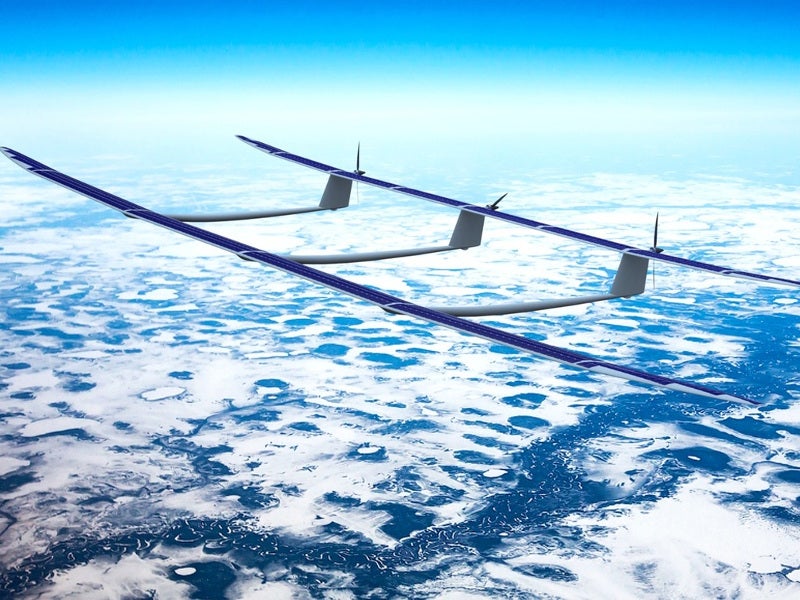
Horten Ho-VI glider (Vne 200kmh = 107kts)
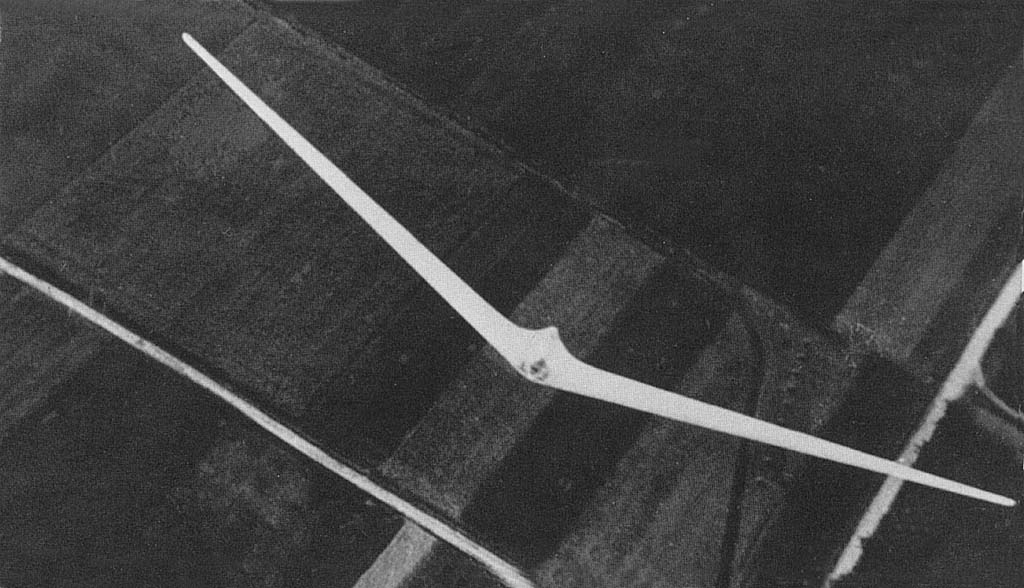
Windward Performane/Airbus Perlan II (reached 76,124')
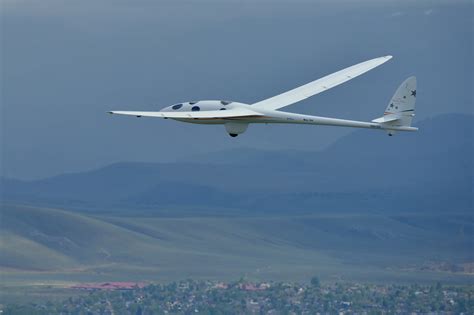
Airbus Zephyr (~70,000' but several versions)
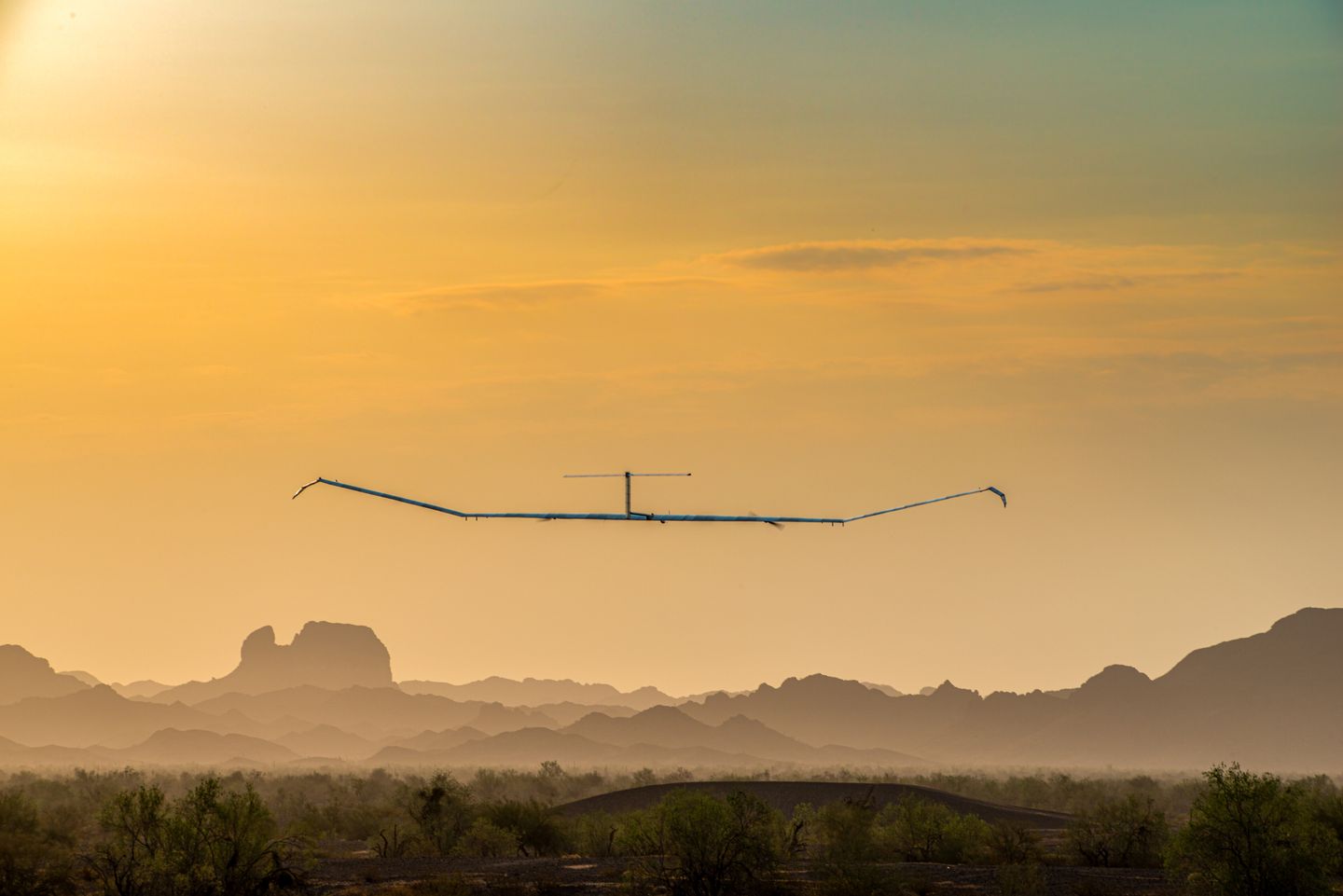
BAE Phasa 35 (66,000')
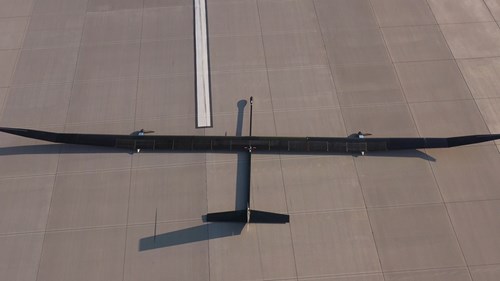
1.6m span, 760g Take Off Weight, "EBW-160" (just a 'regular' r/c aircraft)
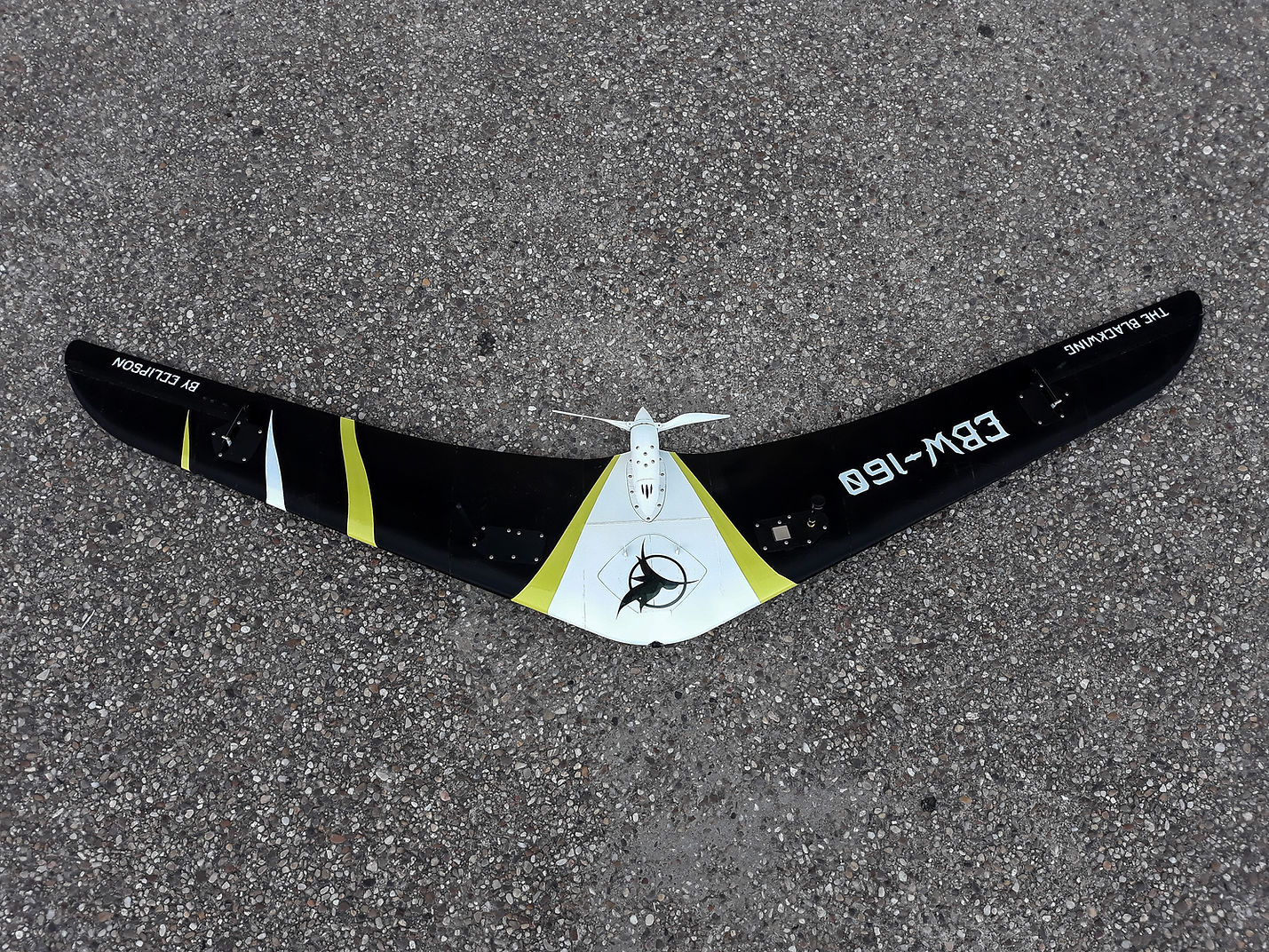
PlanePrint Eagle (haha sorry, couldn't resist! alas would be wasted at 60,000' - there's no one to see it being cool )
)


Horten Ho-VI glider (Vne 200kmh = 107kts)

Windward Performane/Airbus Perlan II (reached 76,124')
Airbus Zephyr (~70,000' but several versions)
BAE Phasa 35 (66,000')

1.6m span, 760g Take Off Weight, "EBW-160" (just a 'regular' r/c aircraft)

PlanePrint Eagle (haha sorry, couldn't resist! alas would be wasted at 60,000' - there's no one to see it being cool

Last edited:



